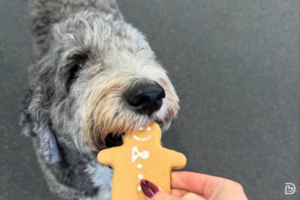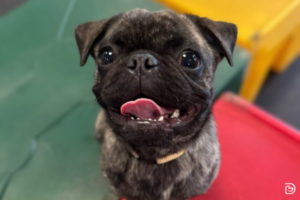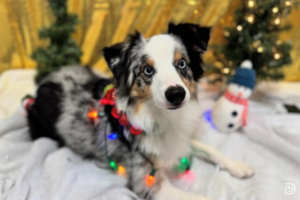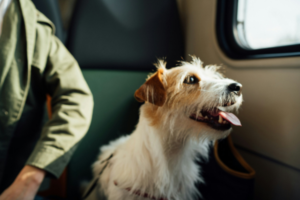Minimize Separation Anxiety: How to Prepare Your Dog For When You Return to Work
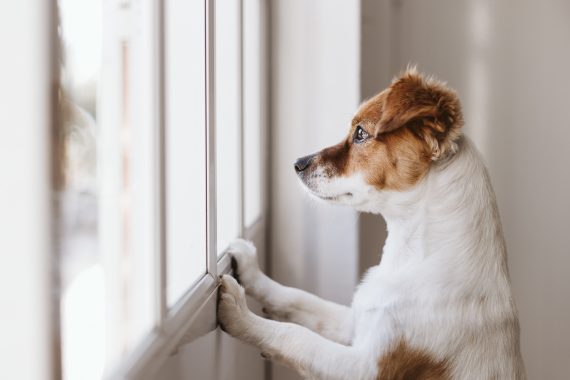
We’ve all seen the memes about dogs living their best lives with their pet parents and families constantly at home. The belly rubs, snuggles and walks around the neighborhood are endless. But as the coronavirus shelter-at-home orders begin to end and you find yourself spending more time outside of your house, your dog may start to experience separation anxiety. Now is the time to start easing your dog into this transition and help them remember what life is like when they are alone, so it doesn’t feel so abrupt or scary.
Create A Routine
Have you fallen out of your daily routine? Dogs thrive off a routine which sets expectations and makes them feel safe. If you’ve been feeding your pup at random times during the day, start to feed them at the times you usually would before and after work. While working, put your dog in a crate or in another room, separate from you and the rest of your family, for a couple of hours so they can get acclimated to not being in your presence. Take your daily walks at the time you would each morning or night. You can even run through your typical morning routine: get ready, make breakfast, pack your work bag, leave the house and start your car. This is a great way for your dog to get comfortable again with your schedule.
Practice Leaving and Returning
Test your dog’s behavior when you leave the house and return. Walk out the door and lock it. Wait a few minutes before you come back in. Do you hear your dog barking, whining or scratching at the door? These along with howling, drooling, panting and chewing doors are signs of separation anxiety. When you come back into the house, maintain a calm demeanor and positively praise your dog. If you find your pup getting agitated when you leave, turn on the radio or TV to give them background noise and some peace of mind.
If your dog is engaging in extreme, destructive behavior while you’re away, contact your veterinarian or a canine behaviorist to discuss alternative training and options to keep them calm.
provide Independent Playtime
Engage your dog in fun independent play. While these activities provide mental and physical stimulation, they also provide thrilling entertainment. The good news is that you can build these activities and makes these treats by using things around your house. Try a few of these ideas to find out what your dog loves:
- Muffin Tin Brain Game – provides extra brain stimulation
- Pupsicles – a refreshing treat that doubles as a toy
- Kong Treats – stuff them with peanut butter and freeze them
Next time you leave the house, treat them to dog caviar aka their favorite food item or bone, something that will take them awhile to eat. This way, they associate you leaving as a good thing because they get an exciting, special treat to enjoy when they are alone. Be careful, they just might start begging you to leave.
Take them to Dogtopia Daycare
Daycare is the perfect place for your dog to get the socialization and exercise they need when you can’t be with them. Make plans now to help your dog avoid the doggie blues by scheduling some playtime at your local Dogtopia. Your dog will love playing with other dogs of similar size and personality and you’ll have peace of mind knowing they are being watched by a highly trained and loving team. Plus, you can check in on them from home or work via live webcams. Each dog is evaluated to make sure they are comfortable in our open-play environment, and we make sure all dogs have the proper vaccinations. With lots of open play, socialization and exercise in a safe and clean environment, they’ll come home a happy and tired pup, and you’ll avoid the guilt of leaving them alone, a win-win for everyone! Find a Dogtopia daycare center near you.
As our life starts to return to our new normal, don’t forget about your pup! Make sure you implement routines and activities to help make this a smooth transition for them and ease their separation anxiety.




